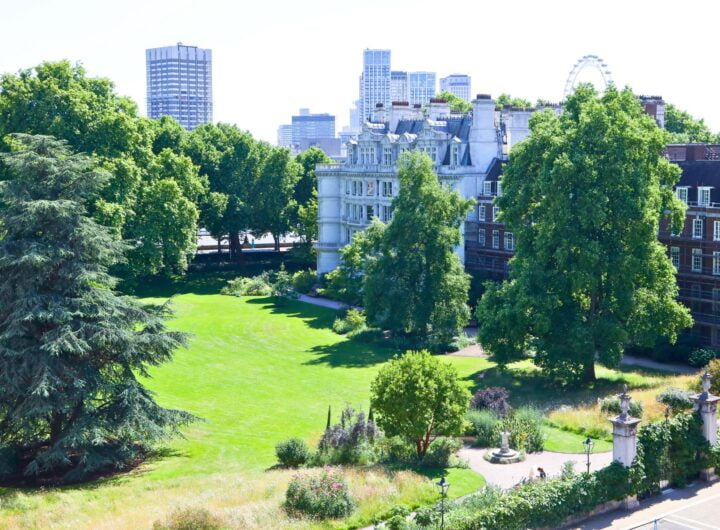By Adam Sternberg, Sternberg Clarke
You’re being carried out of the venue on the shoulders of your guests; they’re chanting your name their faces beaming, a pregnant woman comes up to you and promises to name her unborn child after you, your client gives you a long, slightly awkward hug and whispers ‘we should do this more often’ into your ear (you’re unsure if the client means the event or the hug.) You’re shown into a taxi that takes you home, the attendees behind you wave as they shrink away in the rear view mirror. In hushed reverent tones, the taxi driver asks “What do you do” to which you reply “I supply entertainment for events.”
Now work backwards from there. “How did I get here? What did I do right?”
As suppliers of entertainment, we’re responsible for a large part of the ‘feel’ of an event and whilst we’ve not got anything to do with seating plans or the choice of wine glasses, we know that setting (and maintaining) the tone is crucial when it comes to choosing acts. It all comes back to that all important question “What do you want your guests to take away from this event?” It could be an idea, it could be a feeling, it could be a memory it could be a small branded bag with a selection of soaps – but when you know what it is you want your event to achieve, everything else starts to fall into place.
Spelbound performing for Santander
How do you reward your best employees whilst reinforcing the idea of teamwork? You could give them a gold watch with the word “TEAM” inscribed on the wrist strap. Or you could be clever about it. We recently booked Spelbound for a performance in Madrid as part of Santander’s Retail Recognition incentive for their best performers. Watching the troupe perform individual feats of strength and balance whilst working as part of a synchronized unit the message was clear – it’s possible for individuals to do incredible things as part of a larger unit.
Ernst and Young
In certain cases, understanding parts of the event that we’re not involved with is vital to the success of the entertainment. For Ernst & Young our brief was to provide bespoke entertainment which complimented a photography exhibition by John Stezaker at the Whitechapel Gallery. Here, the exhibition was the main draw but the challenge was finding entertainment that enhanced the experience without distracting from the photographs themselves. Living statues, ribbon dancers and crystal ball manipulators on plinths, all costumed and styled to suit the black white and yellow colour theme. With subtle but contemporary makeup and styling provided for all catering staff, we transformed the event into a work of art in itself, picking up on the “two halves” theme of the company with pairs of plinths and strolling musical duos improvising over ambient DJ music.
Glee Flashmob for a 30th Birthday Party
The message doesn’t always have to be corporate. At a recent 30th birthday party, we organized a Glee themed flashmob to burst into a meticulously choreographed song and dance routine at the start of the event. This immediately creates an air of unpredictability for the rest of the event, an electric atmosphere where anything could happen… and it pretty much did – we followed up the flashmob with an Abba tribute, flame jugglers and acrobalancers. By using high impact acts at the right time and charting the high points and lulls in an evening, you can keep people engaged all night – what a way to welcome in your 30s!
Costumed Actors for Landis + Gyr
Sometimes an event can lay down the gauntlet to your guests – after a conference for Energy Metering where experts Landis + Gyr shared the ideas behind a new Smart Metering grid, we provided authentically costumed actors playing historical figures central to the discovery and harnessing of electricity at the Science Museum. The actors performed three short scenes (written specially for the event) intended not only to entertain, but also inspire the guests to use new technology and social media to innovate in their field. Mixing in a little tongue in cheek humour and a touch of flattery, the scenes challenged Landis + Gyr to try new things, take risks and take their place alongside the likes of Thomas Edison and Benjamin Franklin.
By having a clear idea of the goals of the event, it’s possible to connect with your guests to a far greater degree than all of the speeches and slideshows you can throw at them.

